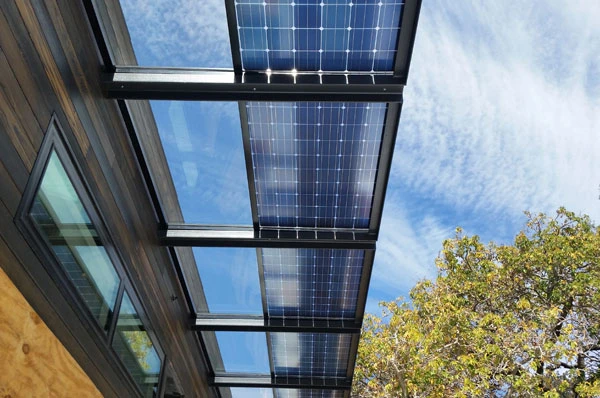Solar Panel Frame Size Specifications and Guidelines for Optimal Installation
Understanding Solar Panel Frame Dimensions
Solar energy has become an increasingly popular source of renewable energy, with solar panels leading the way in harnessing the sun’s power. As the demand for solar energy systems rises, understanding the physical attributes of solar panels, particularly frame dimensions, becomes important for both installation and efficiency. In this article, we will explore the significance of solar panel frame dimensions, their standard sizes, and their implications for solar energy systems.
The Importance of Frame Dimensions
The frame of a solar panel provides structural support and enhances durability. It typically consists of aluminum, which is lightweight yet strong and resistant to corrosion. The dimensions of the frame are crucial because they influence various factors, including installation, maintenance, and aesthetics. Correct dimensions ensure that solar panels are securely mounted, protect the solar cells, and allow for proper water drainage to prevent damage.
Additionally, the dimensions can affect the efficiency of the solar panel. A well-designed frame helps to enhance airflow and cooling, which can improve the overall performance of the panels. Insufficient space or irregular shapes can lead to overheating and inefficiency. Thus, understanding frame dimensions is essential for optimizing solar energy output.
Standard Frame Sizes
Solar panels come in various sizes, but several standard dimensions are commonly used in the market. The typical size for residential solar panels is about 1.65 meters by 1 meter (approximately 65 inches by 39 inches), with a thickness of around 4 to 5 centimeters (about 1.5 to 2 inches). These panels often have a frame that adds a few centimeters to each dimension.
However, commercial solar panels may differ significantly in size. These panels are generally larger to accommodate higher energy production demands. A standard commercial panel size is usually around 2 meters by 1 meter (about 79 inches by 39 inches). These larger dimensions, coupled with an efficient design, provide enhanced performance capabilities for businesses and industrial applications.
solar panel frame dimensions

Customization and Innovations
While standard sizes are common, the solar industry is evolving, and manufacturers are increasingly offering customized frame dimensions to meet specific needs. Factors driving customization include unique rooftop designs, geographic variations, and specific energy requirements. For instance, homeowners with limited roof space may need smaller, more compact panels, while those with larger areas can accommodate bigger panels for greater energy generation.
Recent innovations also mean that solar panel frames are not just about size anymore; design efficiency is a growing focus. Some manufacturers are exploring frameless designs, which reduce weight and increase aesthetic appeal. These designs can also minimize the risk of dirt accumulation, allowing for effective self-cleaning from rain.
Installation Considerations
When planning the installation of solar panels, understanding the frame dimensions is critical for mounting systems. Accurate measurements ensure that hardware such as mounts and brackets fit correctly, thus ensuring structural integrity and safety. Additionally, factors such as wind loads, snow loads, and local building codes must align with the frame dimensions to meet safety standards.
Installation professionals often experience challenges when working with non-standard dimensions, making it essential for homeowners and businesses to communicate effectively with manufacturers and installers. Proper planning and measurement are key to a successful solar energy system that operates efficiently for years to come.
Conclusion
Solar panel frame dimensions play an integral role in the overall efficiency and viability of solar energy systems. By understanding the standard sizes, optimization opportunities, and installation considerations, consumers can make informed decisions that enhance their energy independence and sustainability efforts. As technology advances, staying informed about the latest innovations in solar panel design and sizing will continue to empower individuals and industries in their quest to harness renewable energy effectively.
-
Unlocking Energy Freedom with the Off Grid Solar InverterNewsJun.06,2025
-
Unlock More Solar Power with a High-Efficiency Bifacial Solar PanelNewsJun.06,2025
-
Power Your Future with High-Efficiency Monocrystalline Solar PanelsNewsJun.06,2025
-
Next-Gen Solar Power Starts with Micro Solar InvertersNewsJun.06,2025
-
Harnessing Peak Efficiency with the On Grid Solar InverterNewsJun.06,2025
-
Discover Unmatched Efficiency with the Latest String Solar InverterNewsJun.06,2025







